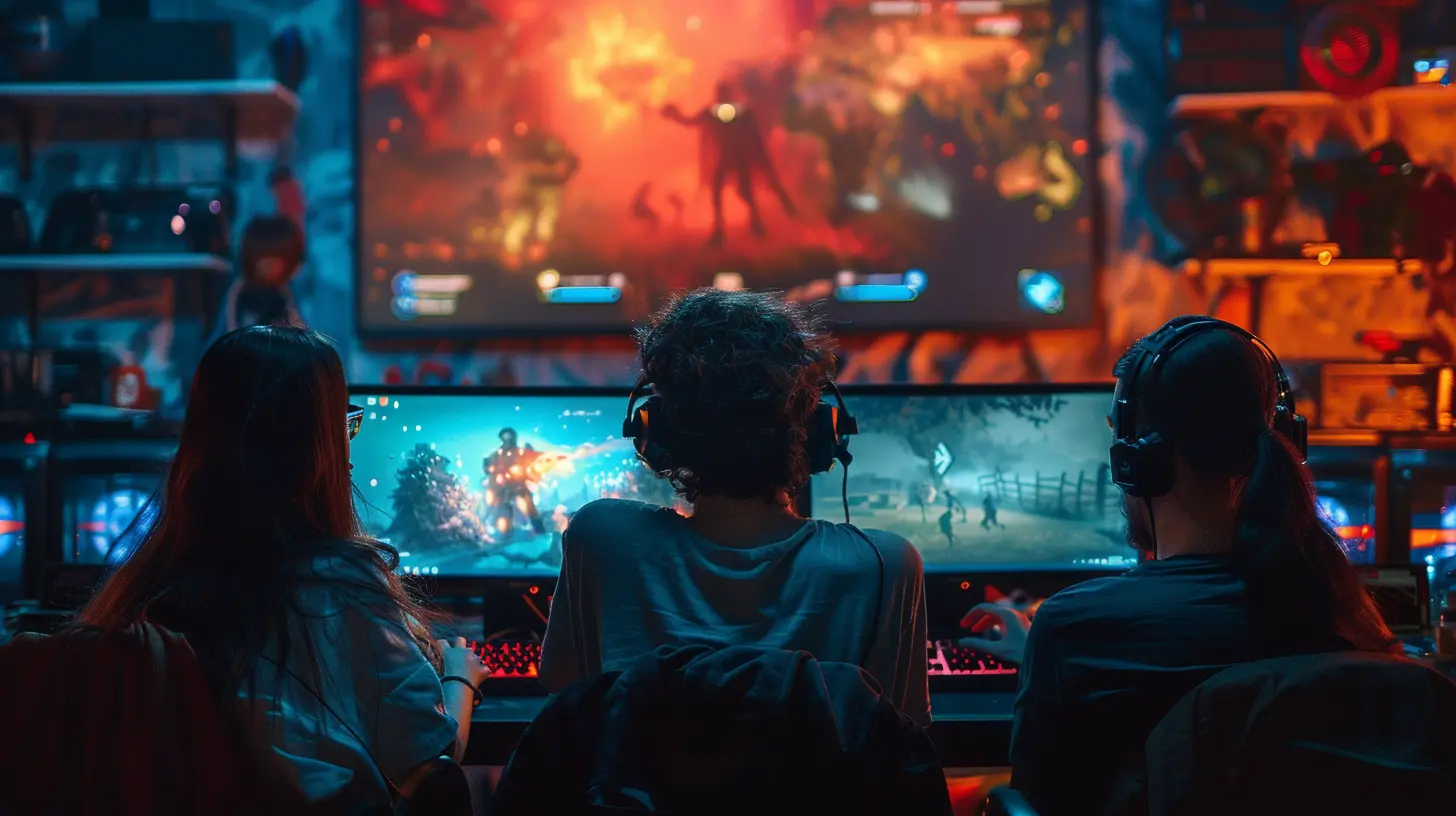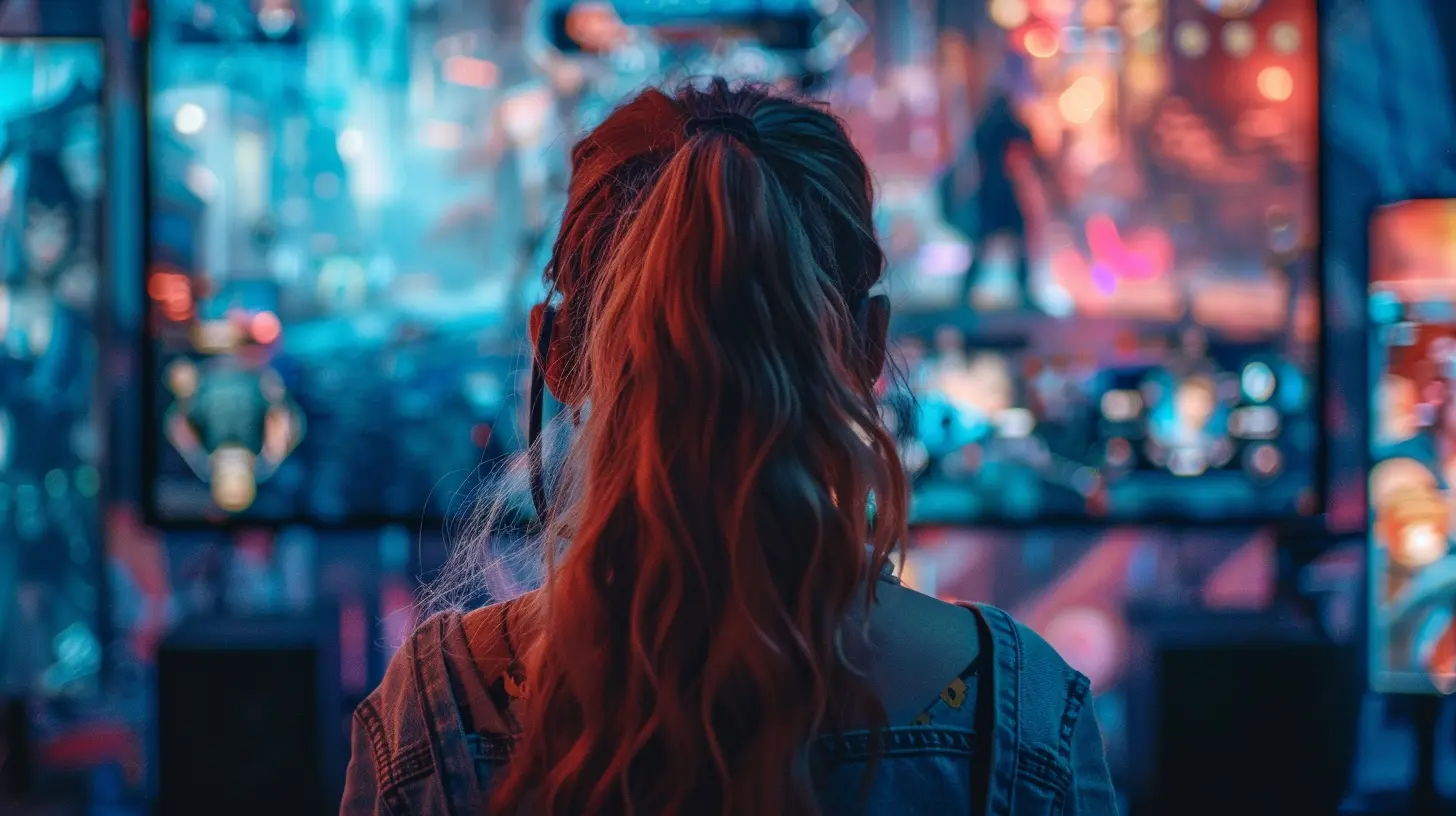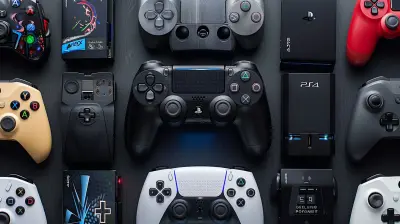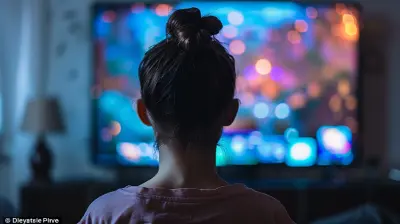The Influence of Streaming Culture on Remake Popularity
21 November 2025
Alright, let's talk about something that's been buzzing around the gaming world more than ever—remakes. You know the drill. A beloved game from the past gets a visual glow-up, tweaked mechanics, and perhaps some new content, then boom—sold out pre-orders. But ever wondered why remakes are suddenly so hot right now?
One of the biggest driving forces? Streaming culture. Yep, Twitch streams, YouTube Let's Plays, and TikTok game clips are quietly (and sometimes not-so-quietly) shaping what games blow up—even the ones that already had their time in the spotlight decades ago.
So, how exactly does streaming influence the insane rise of game remakes? Let’s dive in.
A New Stage for Old Games
Streaming has given old games a second chance at stardom. Think of it as a brand-new stage with a fresh audience. You've got OG gamers who get hit with a nostalgia bomb every time a classic pops up, and you've got younger viewers seeing these classics for the first time—through the lens of their favorite streamers.Nostalgia Meets Visibility
Before the streaming era, if you wanted to relive a classic, you either had to still have your old console—or be okay with emulators and sketchy download links. But now? A quick search on Twitch or YouTube and there's someone live-playing Resident Evil 2, Final Fantasy VII, or Tony Hawk’s Pro Skater. These aren’t just throwbacks; they're fully produced entertainment.Suddenly, publishers see this attention and realize something: “People still care about this game!” And just like that, a remake enters the chat.
Why Streamers Love Playing Remakes
Streamers are basically the new tastemakers of gaming. What they play, people watch. What they enjoy, people buy. And remakes? They’re gold for content.Built-in Hype
When a remake of a popular older title drops, there’s instant buzz. The original game already has a fanbase, and now everyone’s curious: Did they do it justice? What’s new? What's missing? That curiosity fuels clicks, views, likes, and subs.So it makes perfect sense for streamers to jump on the remake train—it guarantees engagement.
The “Compare & Contrast” Game
A lot of content creators love to compare the old with the new. It gives them an easy content angle. For instance, side-by-side gameplay, reaction videos, and “What They Got Right/Wrong” lists. It’s like those “before and after” home renovation shows—but for pixels.
How Audience Reactions Drive Popularity
Here’s the wild part: Streaming culture doesn’t just reflect what’s popular—it influences it directly.The Power of Word-of-Mouth (on Steroids)
One person talking about a game at lunch is cool. But one streamer with 100K followers raving about it on Twitch? That’s next-level marketing. You’re not just hearing “this game’s great”—you’re watching someone play it, freak out at the boss fights, and get emotional at the big twists.And because it’s all happening live, it feels real and raw. That authenticity makes audiences want to jump in themselves.
Community Hype Trains
Another biggie? Chat communities. When a beloved game gets remade, it’s not just the streamer hyping it—it's the entire chat. People share memories, tips, Easter eggs, and more. That shared energy turns remake launches into full-blown digital events.
Case Studies That Prove the Point
Let’s not just talk theory. Here are a few remake examples that got boosted by streaming culture.Resident Evil 2 Remake
This one blew up on Twitch when it dropped. The original was already a horror classic, but the remake made it sleek, scarier, and surprisingly modern. Streamers loved the jump scares, chat loved watching them freak out, and Capcom walked away with huge sales. In fact, it outperformed the original in many ways—thanks, in part, to streamers turning it into viral content.Final Fantasy VII Remake
Another big hitter. The anticipation was bonkers, and once it launched? Streamers milked every cinematic cutscene, boss fight, and plot twist for all it was worth. For a game with such a massive legacy, streaming allowed both new players and veterans to experience the magic together in real time.The Last of Us Part I (Remake)
Even though the game had already been remastered once, the full-blown remake still drew massive eyeballs—especially as the HBO show started airing. The crossover audience from traditional media and gaming met on Twitch and YouTube like a digital Q&A session: “Wait, this was in the game too?”Streaming Trends That Push Remakes Forward
Let’s dissect the actual streaming trends that make remakes so click-worthy.Reaction Content Is King
Half the joy of a remake is reacting to how it compares to what we remember. Streamers yelling “OMG THEY KEPT THIS SCENE!!!” triggers viewers to feel the same wave of nostalgia or curiosity.Long-Form Gameplay Suits Remakes Perfectly
Most remakes are meaty single-player experiences. And that fits perfectly into long streams or multi-part YouTube series. Streamers love it. Viewers love it. Everybody wins.Mods and Memes Add Flavor
Even when a remake is solid, streamers often spice it up with mods. Ever seen someone fight Mr. X in RE2 while he's wearing a thong and blasting DMX? Yeah, mods + streaming make classic remakes feel fresh and meme-worthy, further extending their reach.The Risk of Overdoing It
Of course, not all remakes are winners. Some crash and burn—badly.Oversaturation Is Real
With streaming making every remake a potential goldmine, publishers can get greedy. The result? Half-baked remakes that strip away what made the original great or just feel like cash grabs. And guess what? Streamers will call it out live—and it can tank the game’s reputation in real-time.Nostalgia Can Be a Double-Edged Sword
Sometimes, what was amazing in 1998 doesn’t hit the same in 2024. Streaming a dull remake only exposes its flaws faster. If the game doesn’t hold up mechanically or visually—even the best streamers can’t save it.What This Means for the Future of Game Development
As streaming continues to rise, it’s reshaping how game studios think.Audience-Driven Development
Studios now scout Twitch, Reddit, and YouTube for clues on what to remake next. If a certain classic keeps trending? That's a green light. It’s like crowdsourcing nostalgia—I mean, who better to tell you what game to bring back than thousands of die-hard fans?Marketing Strategies Are Evolving
Big reveals used to be at E3. Now? A surprise “Shadow Drop” remake announcement during a content creator’s live stream can create more buzz than any trailer. Studios and streamers are forming partnerships to launch and showcase remakes in more organic, hype-inducing ways.Could This Shift Go Beyond Remakes?
Absolutely.Reviving Hidden Gems
Some older games never got the attention they deserved. But a popular streamer playing something obscure—and loving it—might convince a studio to give it a polished rerelease. It’s like digging up a treasure chest in your grandma’s attic and suddenly realizing it’s worth millions.Influence on Original IPs
Even brand-new games are borrowing the formula: old-school vibes + modern engine + streaming-friendly design. Titles like Streets of Rage 4 and Shovel Knight thrive because they look and feel like retro—but are made with today's audiences in mind.Final Thoughts: Streaming Is the New Nostalgia Machine
At its core, streaming culture connects the past and present in a way we’ve never seen before. It’s like teleporting a childhood memory into a modern arena and letting thousands of people interact with it in real time.Remakes thrive in streaming because they spark conversations, tug on heartstrings, and invite both new and seasoned players alike to experience something together, live. It's no longer just about preserving the past—it's about reintroducing it in a way that fits our current digital rituals.
So next time you see a remake trending on Twitch or YouTube, remember—it didn’t just get lucky. It got streamed.
all images in this post were generated using AI tools
Category:
Game RemakesAuthor:

Whitman Adams
Discussion
rate this article
1 comments
Zarenith McCray
Streaming culture has revolutionized how we experience games, breathing new life into beloved classics. Embrace this dynamic shift—remakes now thrive, fueled by community engagement and shared passion. The future of gaming is collaborative and exhilarating!
November 21, 2025 at 4:05 AM


